Holtkamp explained that the shrinking market has made the industry very competitive. Further complicating this year were harsh weather conditions in January that cut into their plant sales leading up to Mother's Day.
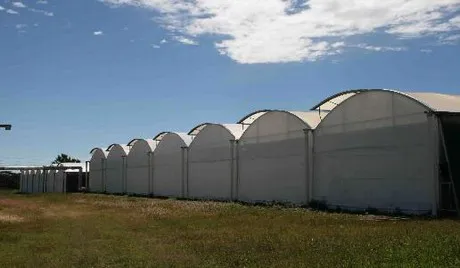
“25 years ago, there were somewhere around 25 million African Violets sold out of Europe,” said Thomas Holtkamp. "Nowadays, things have changed." Combined with rising labor costs in Germany, where the company is based, Holtkamp said they had to adapt to a changing market. One of the early steps they took was to establish facilities in Spain in order to take advantage of the lower labor costs there. But when labor costs in Spain also began increasing, they decided to move their operations to Zimbabwe.
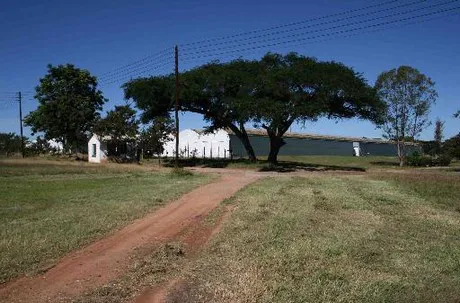
“We have about three hectares of greenhouse facilities in Zimbabwe where we propagate the violets,” said Holtkamp. We are working with local people, and my brother and I are paying visits to the farm on a very regular base, so we can keep an eye on the operations. The locals are doing a great job, but we just do not want to lose our sight on the greenhouses.”
The polyethylene greenhouse in Zimbabwe is outfitted with all of the features common in high-tech European greenhouses because, as Holtkamp explained, African Violets are demanding and they need to be in the best shape possible for the trip to Germany where the plants are further nurtured and distributed to growers around the world.
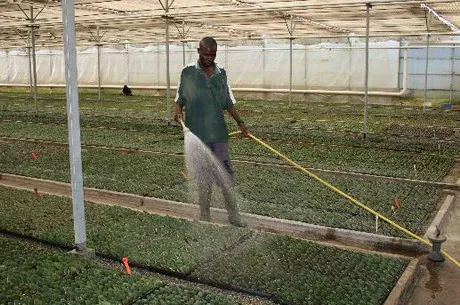
He noted that the Zimbabwe facility is situated in an excellent location, and they're looking to retrofit their greenhouse to take advantage of the natural benefits afforded they their facility located 1,500 meters above sea level.
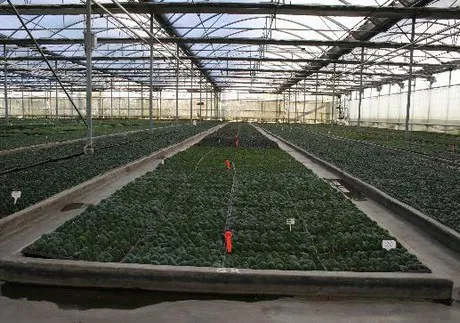
“We have plenty of sun radiation, so if we could harness that energy with a heat buffer and capture that solar energy, it would take care of our heating costs,” said Holtkamp. He noted that they've not built the additions necessary to capture solar energy because they're looking for subsidies to help fund the upgrade. But when they find the funding, they'll be able to cut down on their costs considerably.
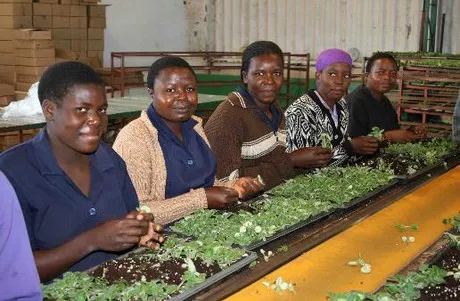
“Right now we are heating up our greenhouses with a boiler that runs on coals from the local mines,” said Holtkamp. “The prices for this resources are okay, but we think that it can be more efficient and sustainable. In the warmest months, we are dealing with hot days and cold night. We are aiming to capture that excessive energy during the day, and use it in the night time. But still, we need to have some better years before we can implement some of this ideas. To behold a good position on the market is the first thing right now, the rest comes later. ”
For more information: www.holtkamp-gartenbau.de
Holtkamp is also using several Aquahort copper fertilization units on his Zimbabwe farms. More information on this will be available later this week at HortiDaily.com
